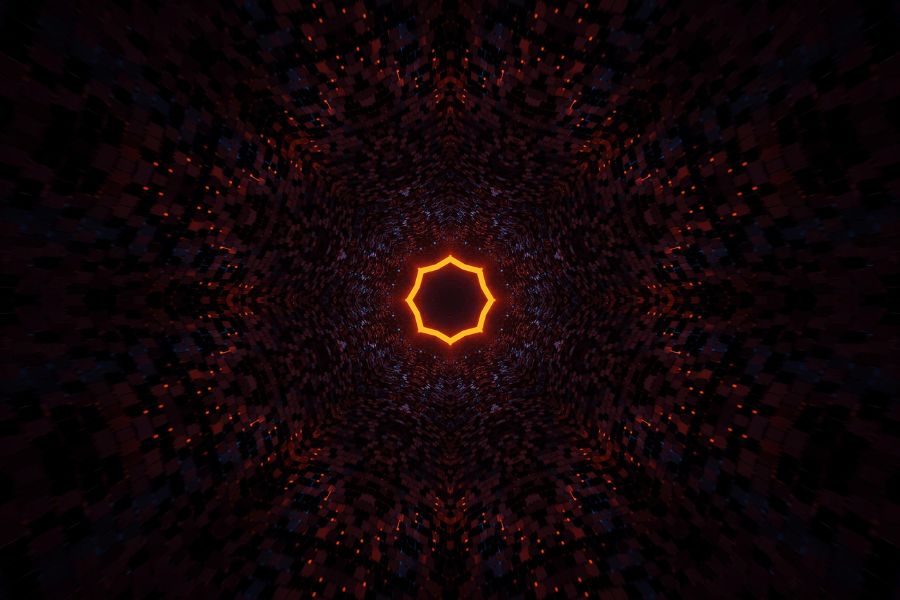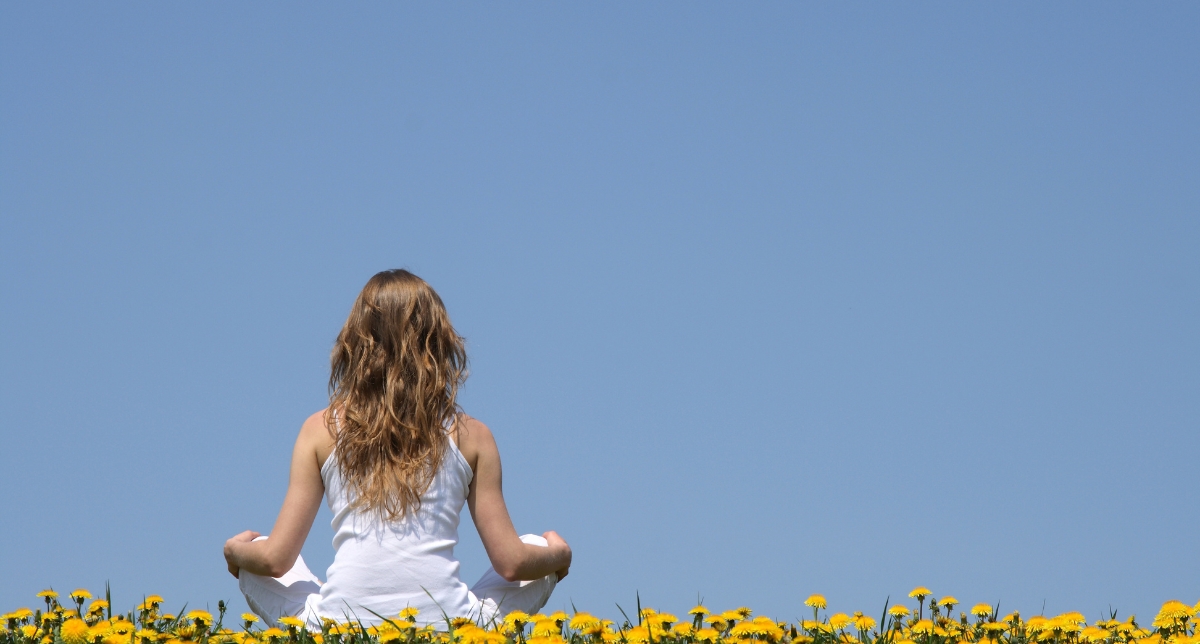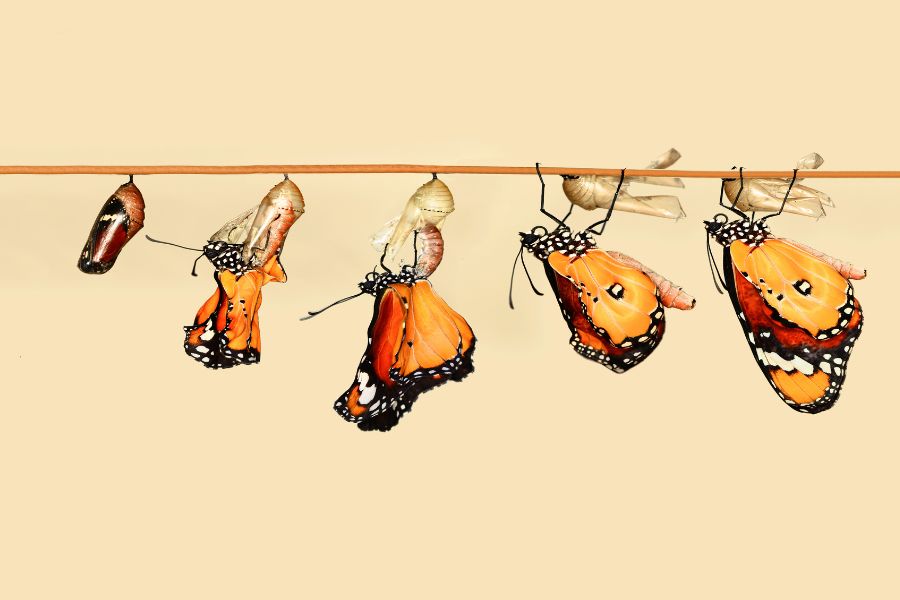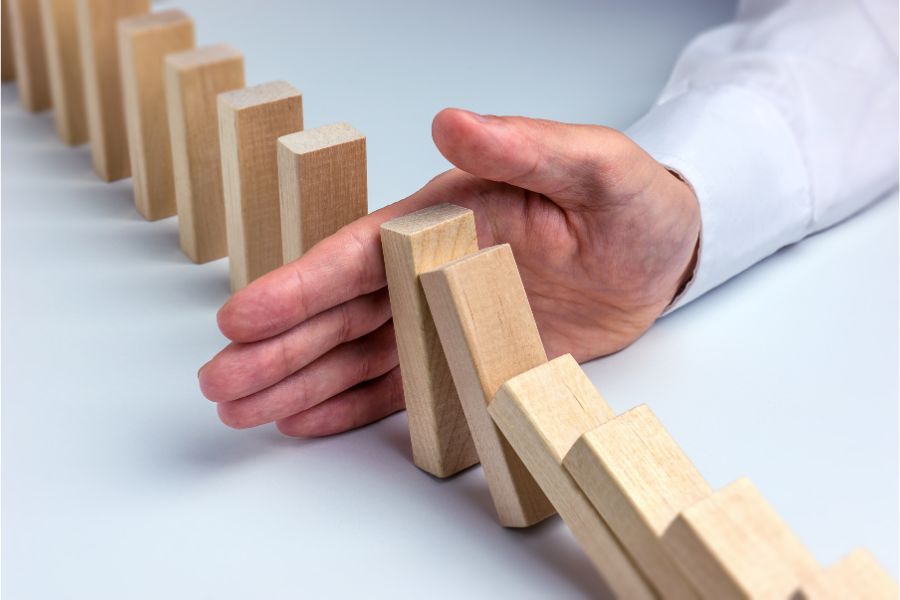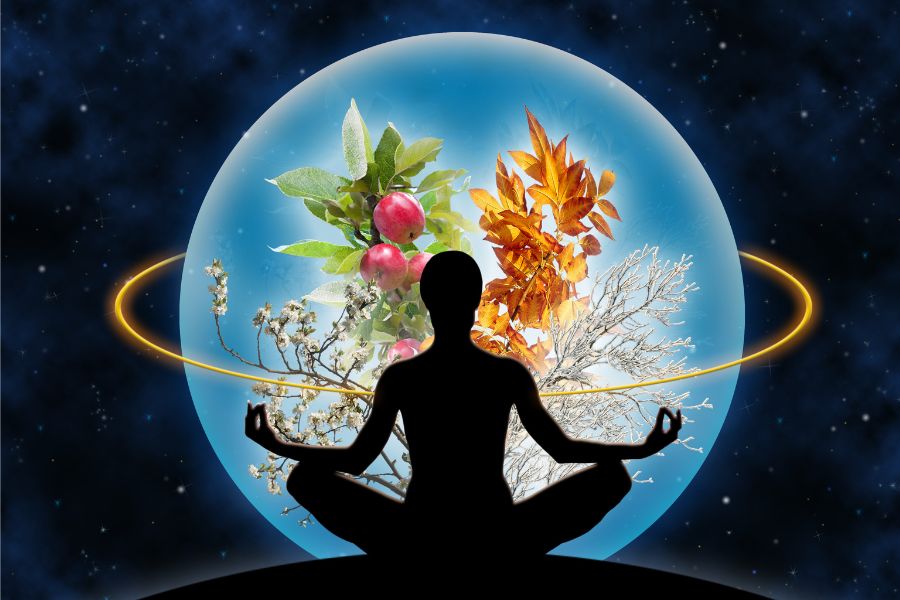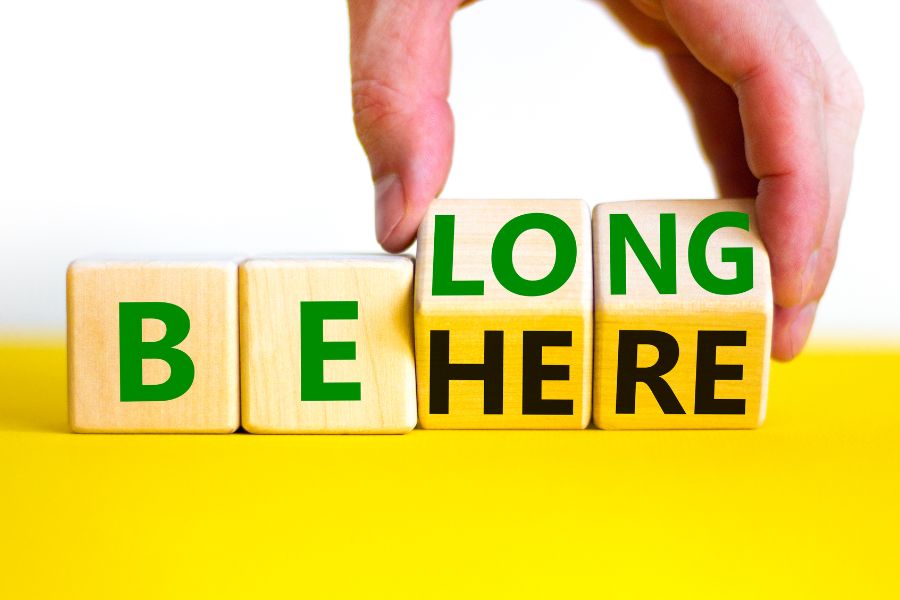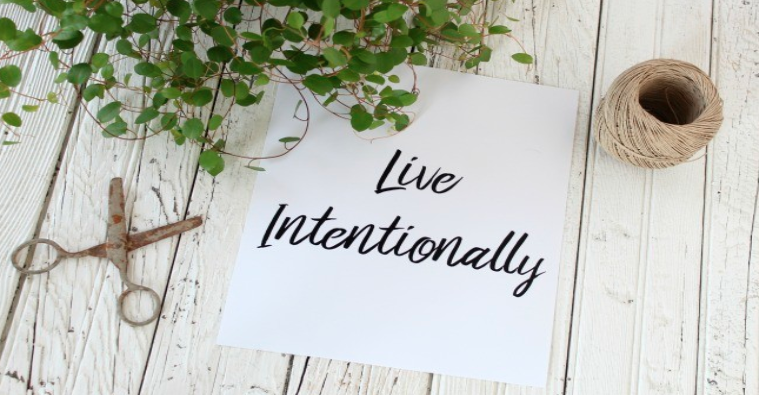During my years in the monastery, I uncovered three fundamental questions that I now encourage everyone to ask themselves: Where are you? Who are you? Where do you belong? These questions aren’t just abstract philosophical reflections—they serve very practical and functional purposes in life: discovering your identity, understanding your place in the world, and recognizing your current reality.
At first, I didn’t think much about why it was three questions, but as time passed, I started noticing a pattern. My own self-inquiry led me to recognize three essential character traits that define my personal journey: compassion, curiosity, and courage. Again, the number three showed up.
And then it happened again. When I reflected on the biggest mistakes of my life—the ones that shaped me the most—I realized they boiled down to three major decisions that altered my entire course.
When I travel and teach meditation, I’ve observed that the effectiveness of meditation also depends on **three core elements:
1️⃣ Devotion
2️⃣ Patience
3️⃣ Intensity
At this point, I could no longer ignore the recurring pattern. Could it all be a coincidence? Or was there something inherently significant about the number three?
Digging Deeper into the Power of Three
I decided to turn inward. In my recent meditative practices, I detached myself from any preconceived notions and simply observed. I asked: What is blocking my spiritual connection?
I wasn’t looking for three answers—I was just seeking clarity. Yet, what emerged?
1️⃣ Faith – My faith had been inconsistent, influenced by external noise.
2️⃣ Patience– My spiritual journey had moments of frustration.
3️⃣ Devotion – My practice lacked unwavering commitment.
Once again, the number three surfaced, this time as the three pillars of spiritual fulfillment.
But what if this goes beyond personal insights? What if the Rule of Three is a universal principle woven into the fabric of reality?
The Rule of Three in History, Science, and Spirituality
It turns out, this pattern isn’t just a personal experience. It appears everywhere—in nature, storytelling, philosophy, psychology, and even human cognition.
1. The Rule of Three in Communication & Storytelling
The human brain processes information best when presented in three parts:
📝 Beginning, Middle, End (Story structure)
📝 Three-act plays (Classic theater and film structure)
📝 “Life, Liberty, and the Pursuit of Happiness” (Declaration of Independence)
📝 “Veni, Vidi, Vici” – “I came, I saw, I conquered” (Julius Caesar)
Even fairy tales follow this rule: Three wishes, three challenges, three little pigs.
2. Science & Nature’s Three-Part Structure
🔬 Three dimensions – Length, Width, Height
🌈 Three primary colors – Red, Blue, Yellow (which mix to create all others)
🧬 DNA triplet codons – Life is built on a three-letter genetic code
🔥 Three states of matter – Solid, Liquid, Gas
🔺 Triangles – The most stable shape in physics and architecture
3. Spiritual & Philosophical Triads
Many wisdom traditions also emphasize three core principles:
☸ Buddhism: Buddha, Dharma, Sangha
✝ Christianity: Father, Son, Holy Spirit
🕉 Hinduism: Brahma (Creator), Vishnu (Preserver), Shiva (Destroyer)
☯ Taoism: Heaven, Earth, and Humanity
Even great thinkers embraced triads:
💡 Socrates: Know Thyself, Control Thyself, Give Thyself
💡 Stoicism: Perception, Action, Will
4. Psychology: Why Do We Think in Threes?
Our brain is wired to group information into threes because it’s the smallest number needed to form a pattern.
-Too few (1-2) feels incomplete.
-Too many (4+) become overwhelming.
-Three is just right—it creates a sense of completion and balance.
This is why decision-making often boils down to three options:
✔ Too little, too much, just right (Goldilocks principle)
✔ Low, Medium, High (Common pricing structures)
Is Three a Universal Law?
The more I explore this, the more I realize that the number three isn’t just a coincidence—it’s a fundamental pattern of reality. It’s how we structure our thoughts, how we tell stories, how nature is designed, and even how we understand spirituality.
This isn’t about numerology. It’s about observing life as it is. And if this resonates with you, perhaps you might start noticing the power of three in your own experiences.
So, I leave you with this question: Where does the number three show up in your life?

